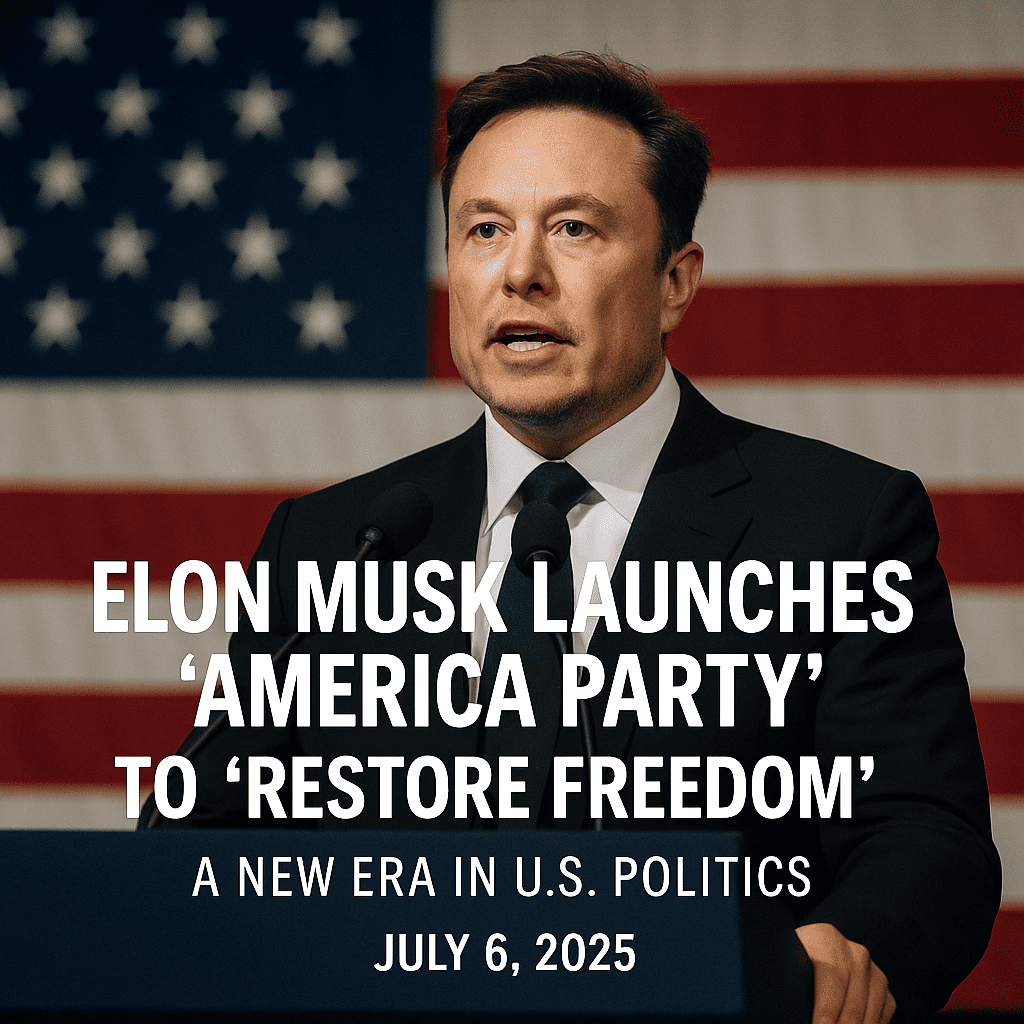Inside the 2025 International Year of Quantum Science

Welcome to the quantum revolution. Declared by the UN and UNESCO to commemorate 100 years of quantum mechanics, 2025 is officially the International Year of Quantum Science & Technology (IYQ). But this isn’t just symbolism—2025 marks a pivotal era of tangible advances: chips, satellites, national initiatives, and global investment. Let’s embark on a journey through the quantum breakthroughs redefining science, security, and society.
1. A UN-Backed Global Celebration — More Than Just an Anniversarium
- Why 2025? Quantum mechanics turned 100, and the UN Congress declared IYQ to spotlight its scientific and societal value. By focusing on developing regions, gender equity in STEM, and education access, the aim is universal quantum participation .
- Activities Include:
- Virtual lab tours for students (“Storytelling from the Lab”)
- Global conference circuits: from youth challenges in Barcelona to scientific summits in Japan and South Africa
This isn’t just science‑for‑science’s‑sake—it’s quantum outreach at scale.
2. Flagship Hardware: Breakthrough Chips & National Launches
- Microsoft’s Majorana 1 — based on exotic “topoconductor” materials and Majorana particles, this processor promises reliability and potential scaling to millions of qubits.
- Google’s “Willow” — a 105‑qubit processor capable of solving problems in minutes that would take classical PCs eons, demonstrating massive error‑suppression progress.
- Xanadu’s Aurora — a photonic quantum rack with 12 qubits spread across light channels and built‑in modularity and error correction—an early model of future quantum‑cloud infrastructure.
This mix of superconducting, topologica,l and photonic hardware marks a hardware renaissance—spanning top-tier labs and startups.
3. From Ground to Space: Quantum Satellites & Secure Links
- Record 12,900 km Quantum Link — Joint South Africa-China team used the Jinan‑1 microsatellite to create the world’s longest ultra-secure quantum satellite connection, a quantum milestone for global encryption.
- India’s QKD Mission — DRDO and IIT Delhi connected entangled links over 1 km free-space and earlier, 100 km fibre, opening the door to quantum-secure communications in real-world scenarios.
Satellite QKD isn’t theory anymore—it’s becoming infrastructure.
4. Country‑Level Quantum Strategies & Ecosystem Building
- India’s National Quantum Mission — A ₹6,000 cr initiative under DST (2023–31), funding four thematic hubs for computing, communication, sensing, and materials. QpiAI’s 25‑qubit Indus computer and the upcoming Quantum Valley Tech Park in Amaravati typify this scale.
- EU’s Private‑Sector Push — Despite €11 b in public funding over 5 years, Europe trails in private investment. A new EU Quantum Strategy and planned “Quantum Act” aim to close the gap, reducing foreign tech dependence and protecting startups.
- UK Invests £500 M+ — Over the next four years, the UK will allocate £500 M to build sovereign quantum infrastructure, including boosting computing, imaging, and sensing labs.
Quantum is now a summit-level policy priority—driven by security, competitiveness, and economic potential.
5. Real‑World Applications: Health, Environment & Defense
- Quantum‑enabled Biomedicine — The University of Chicago is using quantum sensing to monitor individual immune cells and explore protein-based qubits, paving the way for medical breakthroughs.
- Environmental & Energy Impact — Quantum photonics show promise in clean energy technologies, environmental sensing, solar design, and secure comms—directly linked to SDGs.
- Industry & Cybersecurity — Big Tech giants (IBM, Amazon, Microsoft, Nvidia) are racing into quantum-era cybersecurity and computation, with warnings that quantum-safe encryption will soon be essential.







